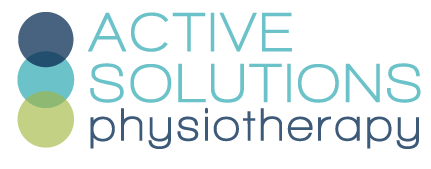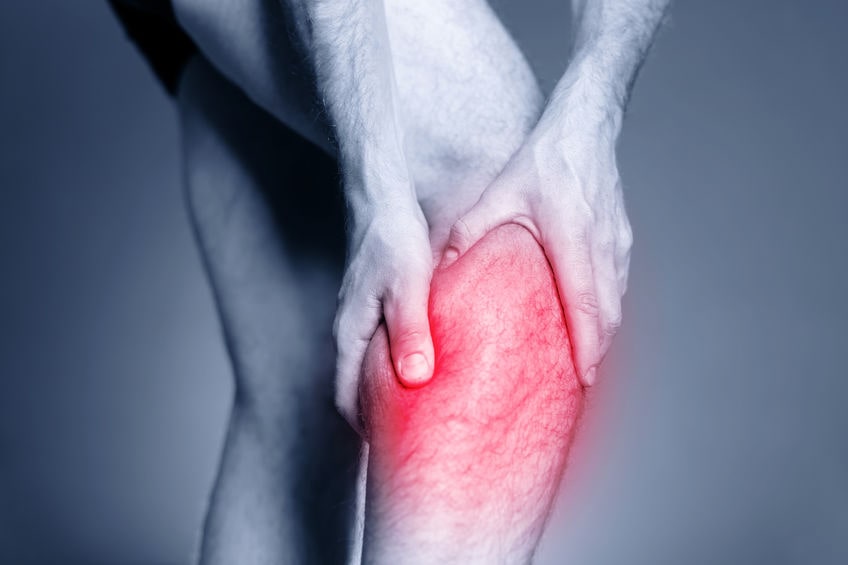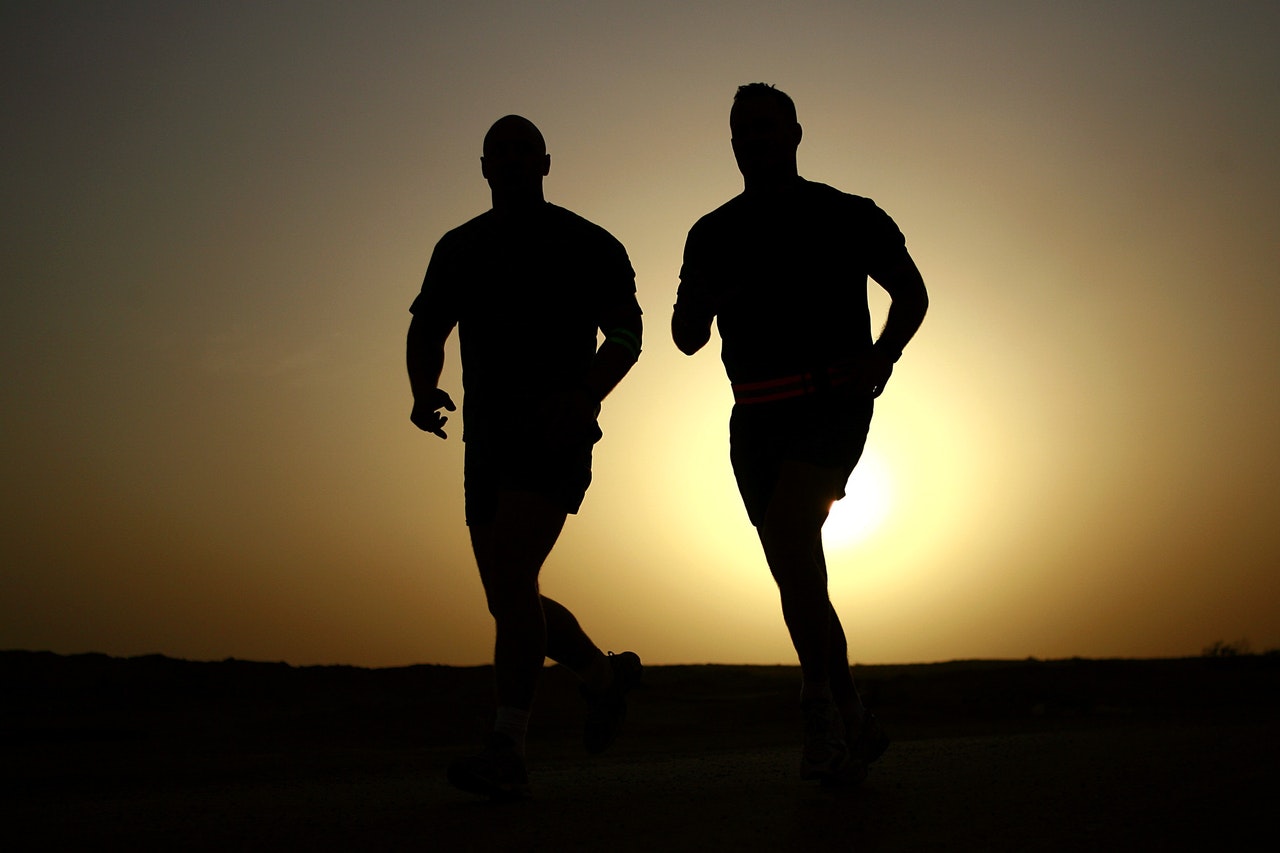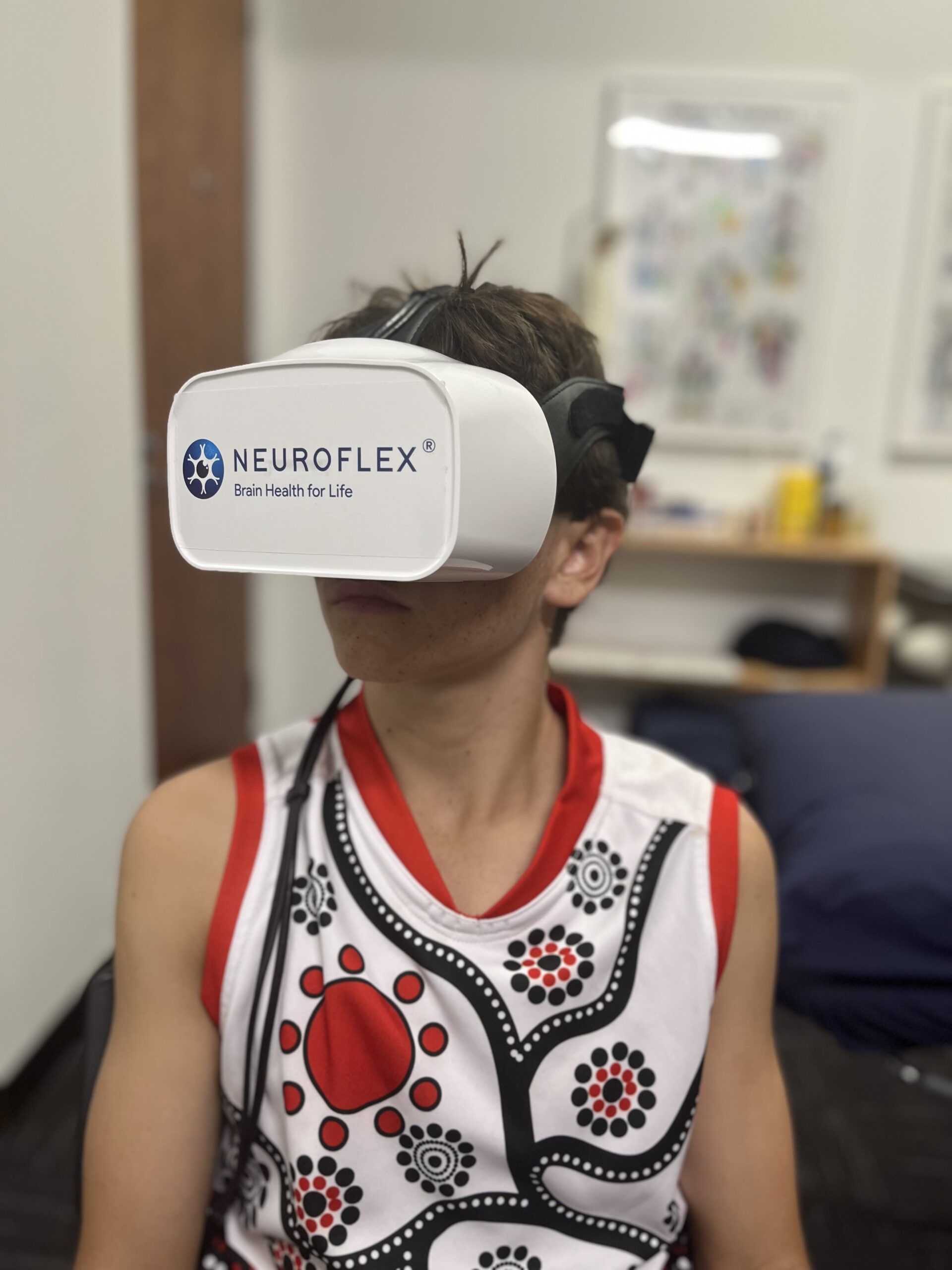Like a lot of injuries, a calf tear occurs as a consequence of us asking the muscle to perform activities it not strong enough for. The calf needs to be very strong for us to exercise with some studies showing it needs to generate 9 x body weight force for running. As we age and become less active, therefore we lose muscle strength. In addition to this, our muscles naturally lose strength as part of the ageing process. Figures vary but once beyond our 20’s it can be 1-3% of strength loss per year, which will obviously lead to weaker muscles getting tired faster. With the loss of strength with inactivity and age, plus the nature of how the calf must generate high-load forces, we are predisposed to a calf tear as we get older.
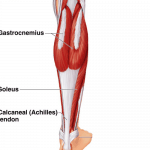
There are 2 calf muscles on the back of the lower leg:
- gastrocnemius – larger muscle bulk sitting higher in the calf
- soleus – lying beneath and below gastrocnemius
These muscles join together and insert into the calcaneus (our heel) via the Achilles tendon.a
Why does the calf tear so often?
Muscle fibres that are designed to generate high power contractions and absorb higher load forces are particularly susceptible to strength loss in ageing and inactivity.
High-load-forces are placed upon the calf as our foot lands and begins to push off the ground. A sudden fast move (or a mis-step) requires the muscle to produce force whilst it stretches which may also precipitate injury.
The medial head of the gastrocnemius is often strained as high loads are being asked of it when the knee is straighter and ankle bent (i.e landing from a jump or quick acceleration). The muscle attempts to contract whilst on stretch, leading to a tear. Often the pain is immediately sharp, an audible ‘pop’ occurs and people describe a feeling of being kicked in the back of the leg. Significant pain and swelling can follow over the next 48 hours and it is painful with a defect you can feel in the muscle.
Our soleus muscle is loaded more when the knee is bent, with strains commonly occurring lower down near the Achilles. Soleus injury tends to be less remarkable and intense than those of the gastrocnemius.
So, how do we fix a calf tear?
As with most injuries, prevention is better than the cure, so making sure that we are strong enough to complete the tasks we wish to do is the smartest place to start.
However, when an injury occurs RICE (Rest, Ice, Compression and Elevation) is best for the first 48-72 hours. Applying ice wrapped in a towel (being conscious of any ice burn risk) applied for 20 minutes every 2-3 hours and elevating, ideally above heart level.
As a calf tear requires 2 ends to knit back together during healing, stretching is definitely a no-no. In fact, wearing a pair of shoes with a slight heel or inserting a raise into the shoe is very helpful to promote optimal healing in the first week.
Once the acute pain has settled, an individualised rehabilitation program to restore movement and improve the load capacity of the calf and lower limb should be implemented by Physiotherapy.
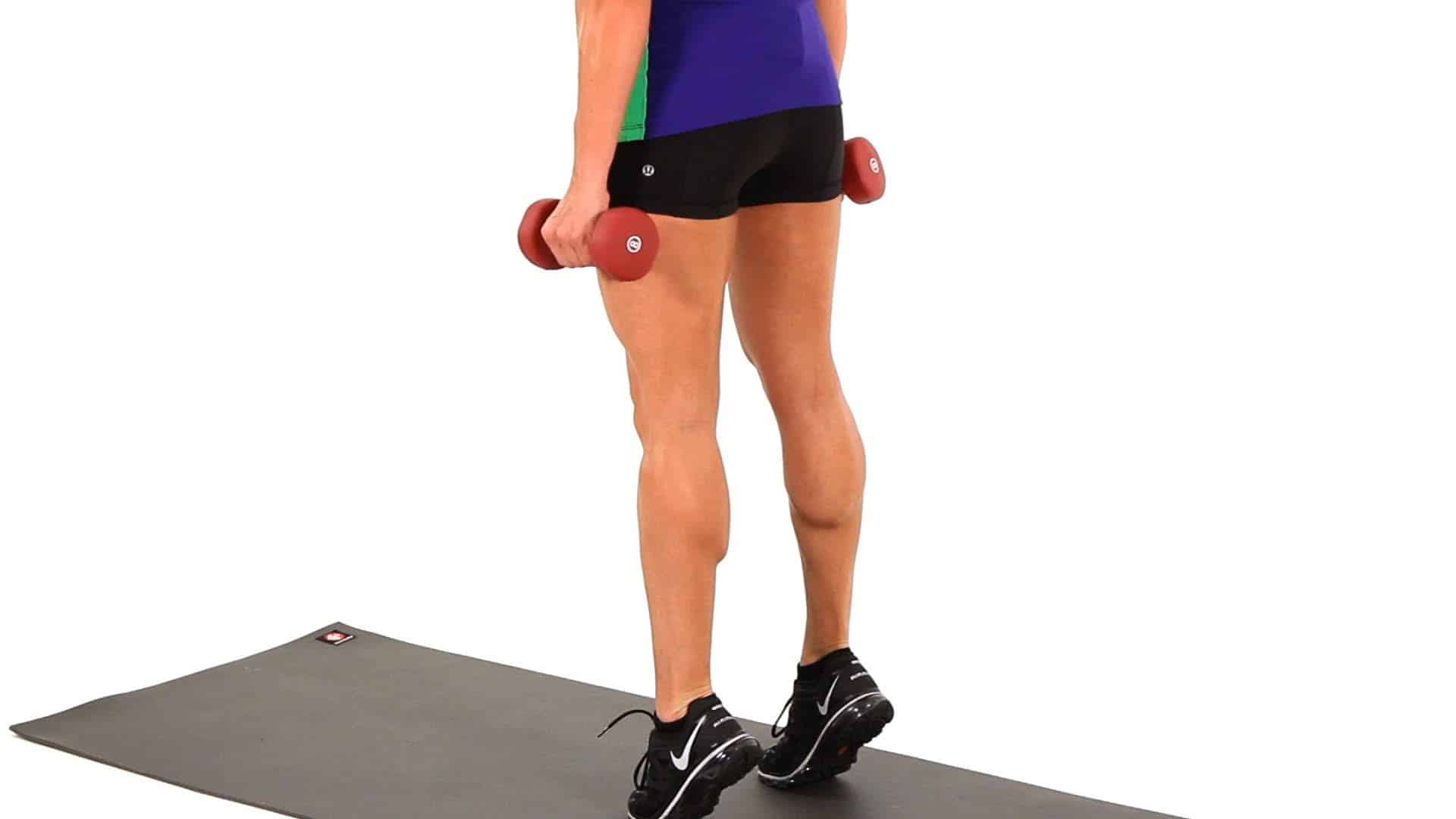
The initial stages of rehabilitation focus on straight leg and bent leg calf raises.
Holding the position if particularly sore.
Moving onto weights exercises as healing occurs.
You may have to develop a comprehensive weights program. At the same time as strengthening the calf tear, any weakness of other muscles of the leg should be examined. The gluteals, quads and hamstrings assist in absorbing load during weight bearing and impact sports and must be strong for the leg to be an effective “spring” when running.
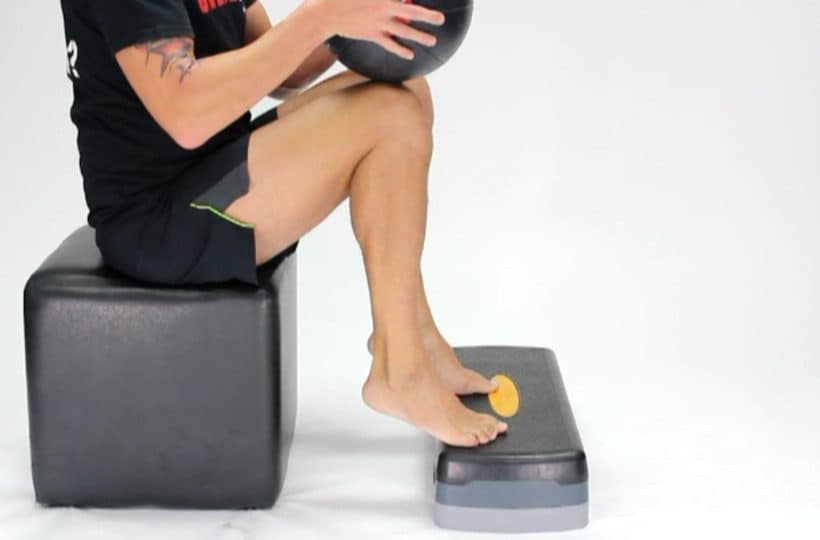
Often back joint mobilisation and neural glides are part of the treatment. In the older population we are starting to get a little stiff in other areas, our back for example, which can be caused by the nerves going to the muscles in the legs! Neural stiffness can result in muscles not firing well.
Re-Injury can be a big problem
When back running after a calf tear, you must manage your training load or you will re tear the calf.
Here at Active Solutions Physiotherapy, the physiotherapist will then guide you on:
- how much to run
- how fast to run
- how much to rest
- when to run harder
This load management is integral to returning us to our activities whilst reducing the risk of re-injury. As we get older, if not managed appropriately the risk of re-injury, along with the length of recovery, and our frustration, increases.
In Summary
A calf tear is often labelled “an old man’s injury” because as with ageing, muscle strength is lost and running requires high forces to be generated by muscles. A calf tear is not gender specific, but on average, men continue running for longer than women and more men’s (than women’s) fast running team sport socially continues into middle age.
To recover from a calf tear, weights must be performed to strengthen the calf and leg muscles. Sometimes the muscle weakness can be low back related, requiring treatment of the back joints.
There can be problems of a calf tear again on returning to sport, so this build up to running must be carefully monitored by a Physiotherapist. So don’t let ageing slow your exercise, use Physiotherapy to help you “Move To Better Health”.
